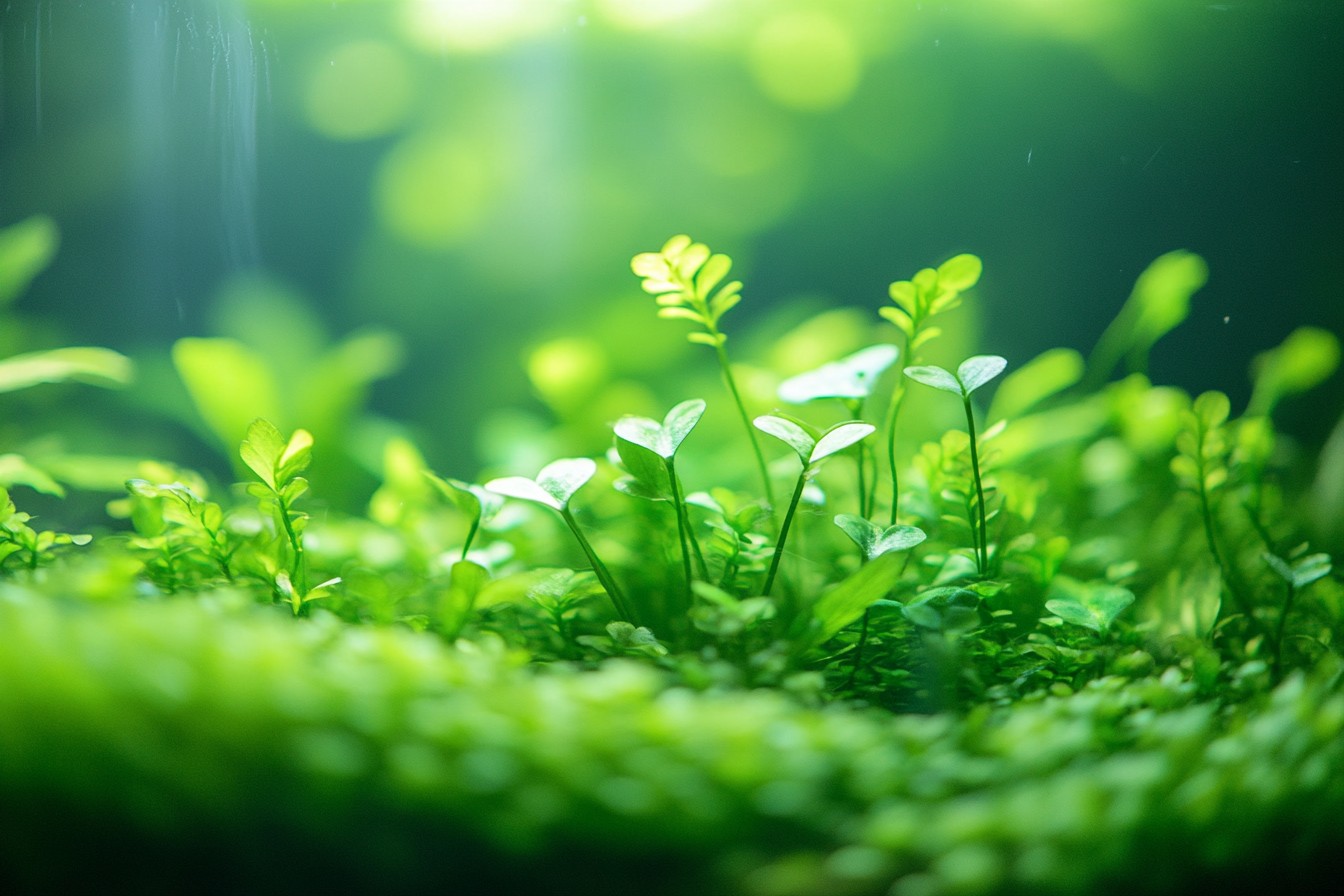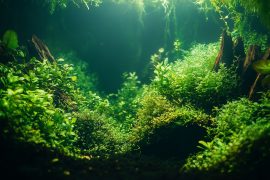The day I gassed my fish is forever burned into my memory. It was three years into my planted tank journey, and I’d finally invested in a proper CO2 system—regulator, solenoid, the works. I’d read all the articles, watched countless videos, and felt thoroughly prepared.
Then came that fateful Sunday morning when I cranked the CO2 too high before leaving for brunch. I returned to find my beautiful cardinal tetras gasping at the surface, my beloved Siamese algae eater belly-up, and a tank full of distressed creatures paying the price for my overconfidence. I still feel a pang of guilt thinking about it.
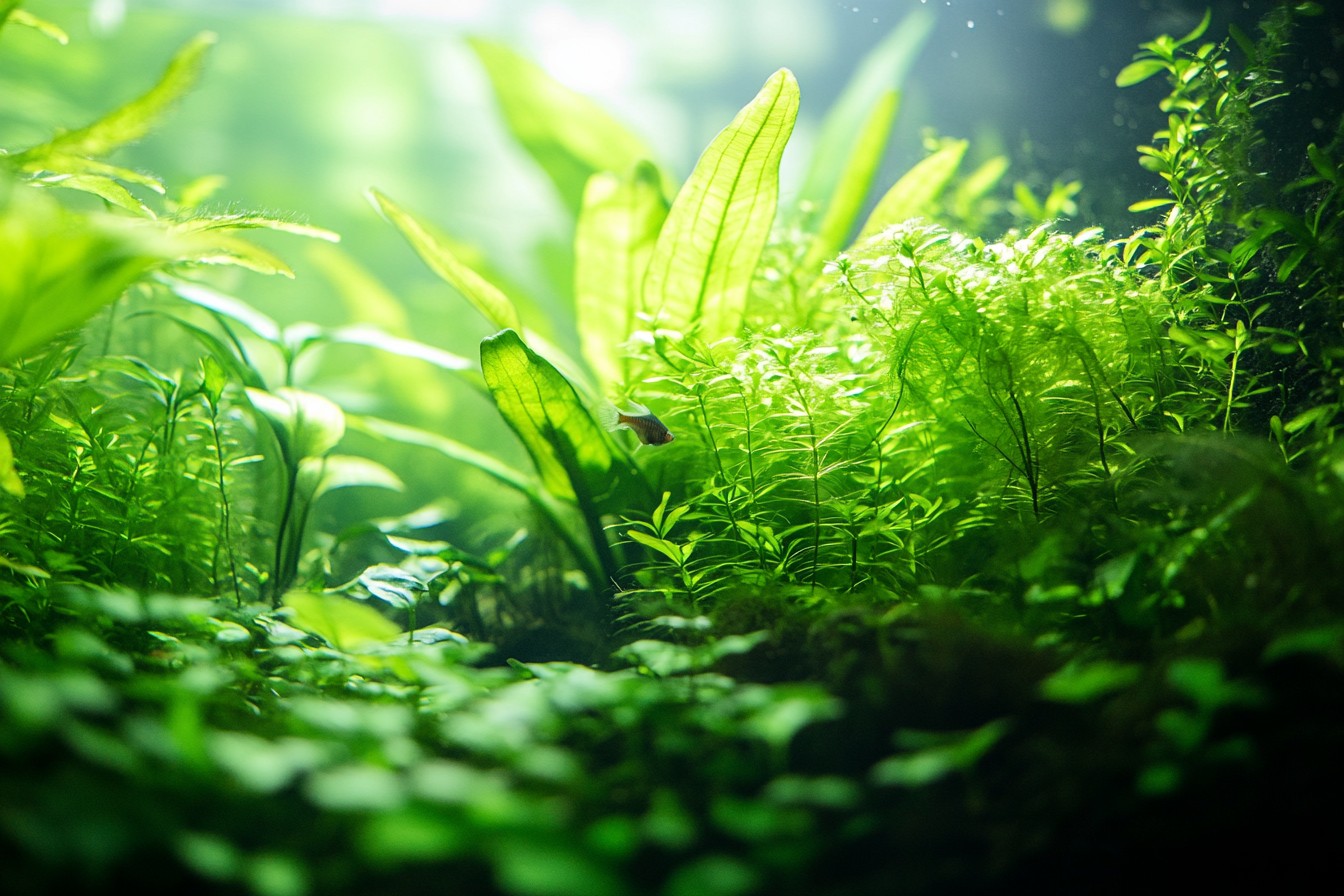
That expensive lesson taught me CO2 management isn’t something you can half-understand or implement casually. It’s a commitment that demands respect, consistency, and a deeper understanding of the science behind it than most hobbyists realize. For years, I resisted using CO2 in my planted tanks.
The equipment seemed dauntingly technical, the potential for disaster too high, and frankly, the cost was off-putting. I tried every shortcut in the book—liquid carbon supplements, heavily planted tanks with minimal stock, low-light setups with allegedly “undemanding” plants. Some worked okay.
None worked wonderfully. The tank that finally pushed me over the edge was my 40-gallon peninsula. I’d spent weeks designing it, carefully selecting slow-growing plants that supposedly didn’t need CO2 supplementation.
Six months in, it looked… fine. Not terrible, not great.
The Anubias were doing their thing, the Java ferns were predictably reliable, but the overall effect was underwhelming. The dream of a lush underwater garden remained frustratingly out of reach. Then a friend invited me over to see his newly established 30-gallon with CO2.
The difference was shocking—vibrant colors, pearling plants, explosive growth, and a vitality my tank completely lacked. That weekend, I ordered my first CO2 system, mentally preparing for what I assumed would be a complicated installation process. The reality was both simpler and more complex than I’d imagined.
The physical setup was straightforward enough—regulator attached to cylinder, bubble counter filled, diffuser placed, check valve installed. The complexity came in dialing it in correctly, understanding the relationship between CO2 levels and other parameters, and establishing a system of checks and balances to prevent disasters like my unfortunate fish gassing incident. Let’s talk about the basics that too many enthusiasts (myself included, initially) try to rush through.
Plants use carbon dioxide as a primary building block for growth. In nature, CO2 levels in water are typically around 3-4 parts per million (ppm). In our closed aquarium systems, that CO2 gets depleted quickly once plants start photosynthesizing, creating a growth-limiting factor.
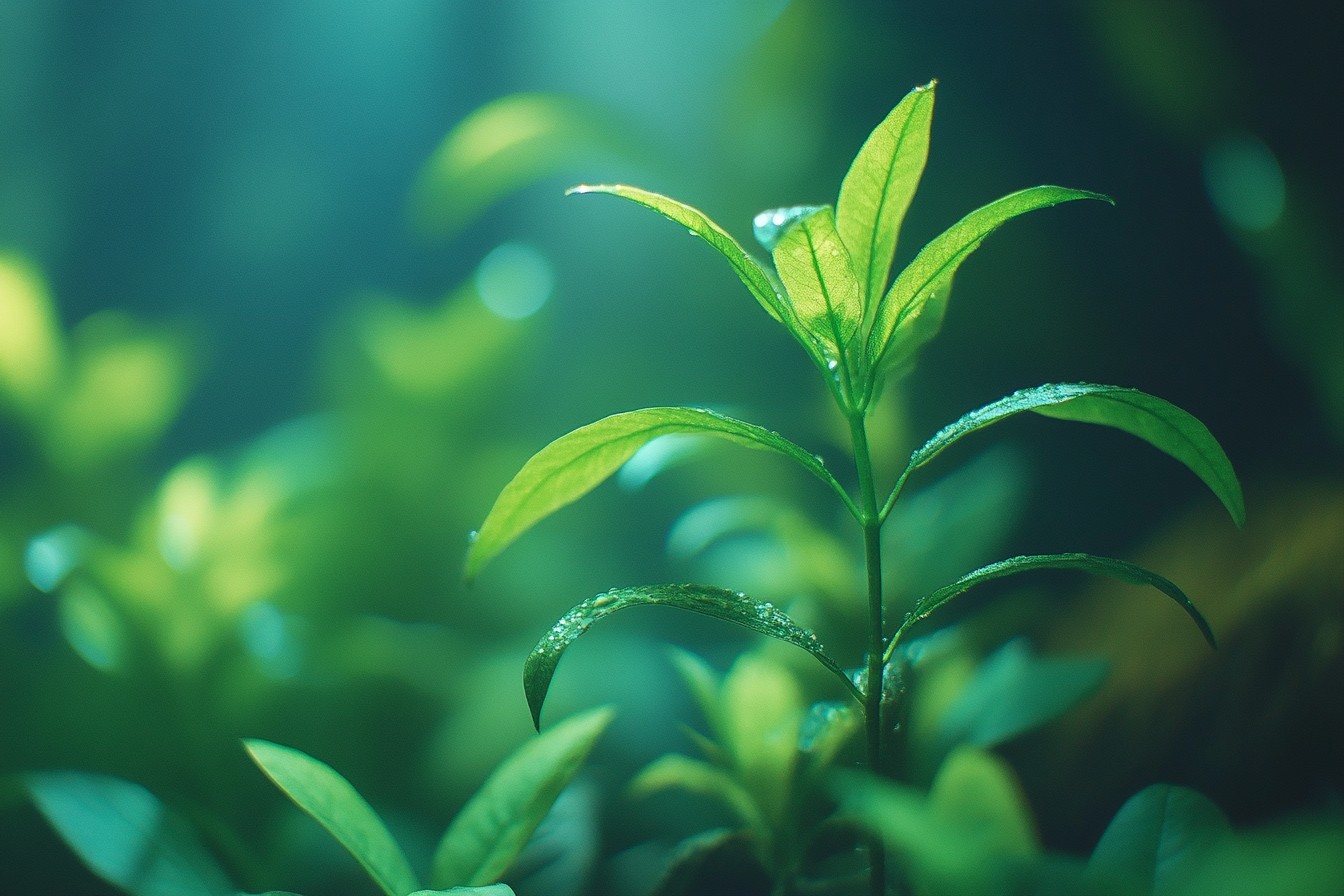
By adding CO2, we remove that limitation, allowing plants to photosynthesize at their maximum potential. The sweet spot for most planted tanks is between 20-30 ppm of CO2. Below that, you’re limiting your plants’ potential; above that, you’re risking your livestock’s health.
Finding and maintaining that balance is the core challenge of CO2 management. I learned through painful trial and error that CO2 concentration isn’t something you set once and forget. It’s influenced by surface agitation, plant mass, lighting intensity, temperature, and even the bioload of your tank.
The system requires regular monitoring and adjustment. My current method involves a combination of tools—drop checkers with 4dKH solution that show a real-time color indication of CO2 levels, pH and KH tests to calculate CO2 concentration using the pH/KH/CO2 relationship table, and most importantly, careful observation of both plant and fish behavior. I’ve become somewhat neurotic about checking my drop checkers before leaving the house.
That lime green color—indicating approximately 30 ppm of CO2—has become my security blanket. If it’s too blue, plants aren’t getting enough. Too yellow, and I’m risking another fish disaster.
My girlfriend finds this obsessive checking amusing, but after the Great Fish Gassing of 2018, I’m taking no chances. The equipment itself deserves serious consideration. After my initial setup, I quickly learned that not all CO2 equipment is created equal.
My first regulator—a budget model I’d chosen to save money—had serious end-of-tank dump issues, where pressure fluctuations as the CO2 cylinder emptied would suddenly flood the tank with gas. Another expensive lesson learned. I’ve since upgraded to a dual-stage regulator that prevents that problem, connected to a solenoid that’s linked to my light timer.
This setup ensures CO2 runs during photosynthesis hours only, saving gas and reducing risk. The initial investment was painful—nearly $300 for a quality setup—but amortized over years of use and fish lives saved, it’s been worthwhile. Diffusion methods are another area where experimentation has led me to strong opinions.
I’ve tried them all—ceramic diffusers that produce fine bubbles, in-line atomizers that dissolve CO2 directly into the filter outflow, and even CO2 reactors designed to achieve 100% dissolution. Each has advantages, but I’ve settled on an in-line atomizer for my main tank and a ceramic diffuser for my smaller setup. The ceramic diffuser in my 20-gallon is a bit of a love-hate relationship.
When clean, it produces a beautiful mist of tiny bubbles that distribute throughout the tank. But every few weeks, it gradually clogs, requiring a bleach soak to restore performance. I keep a spare so I can swap them without interrupting CO2 delivery, a practice born from watching plants melt after a three-day CO2 interruption during vacation.
I’ve noticed that many hobbyists, especially beginners, underestimate how much CO2 truly affects every other aspect of tank management. Adding CO2 isn’t just about providing carbon—it kicks everything into overdrive. Plants grow faster, nutrient demands increase, waste production rises, and maintenance schedules intensify.
My first CO2-injected tank quickly taught me that weekly water changes weren’t optional anymore—they were essential for exporting excess nutrients before they fueled algae. Speaking of algae, there’s a strange paradox with CO2 that confused me initially. Adding CO2 often triggers an algae bloom in the first few weeks, leading many to incorrectly conclude that the CO2 is causing the problem.
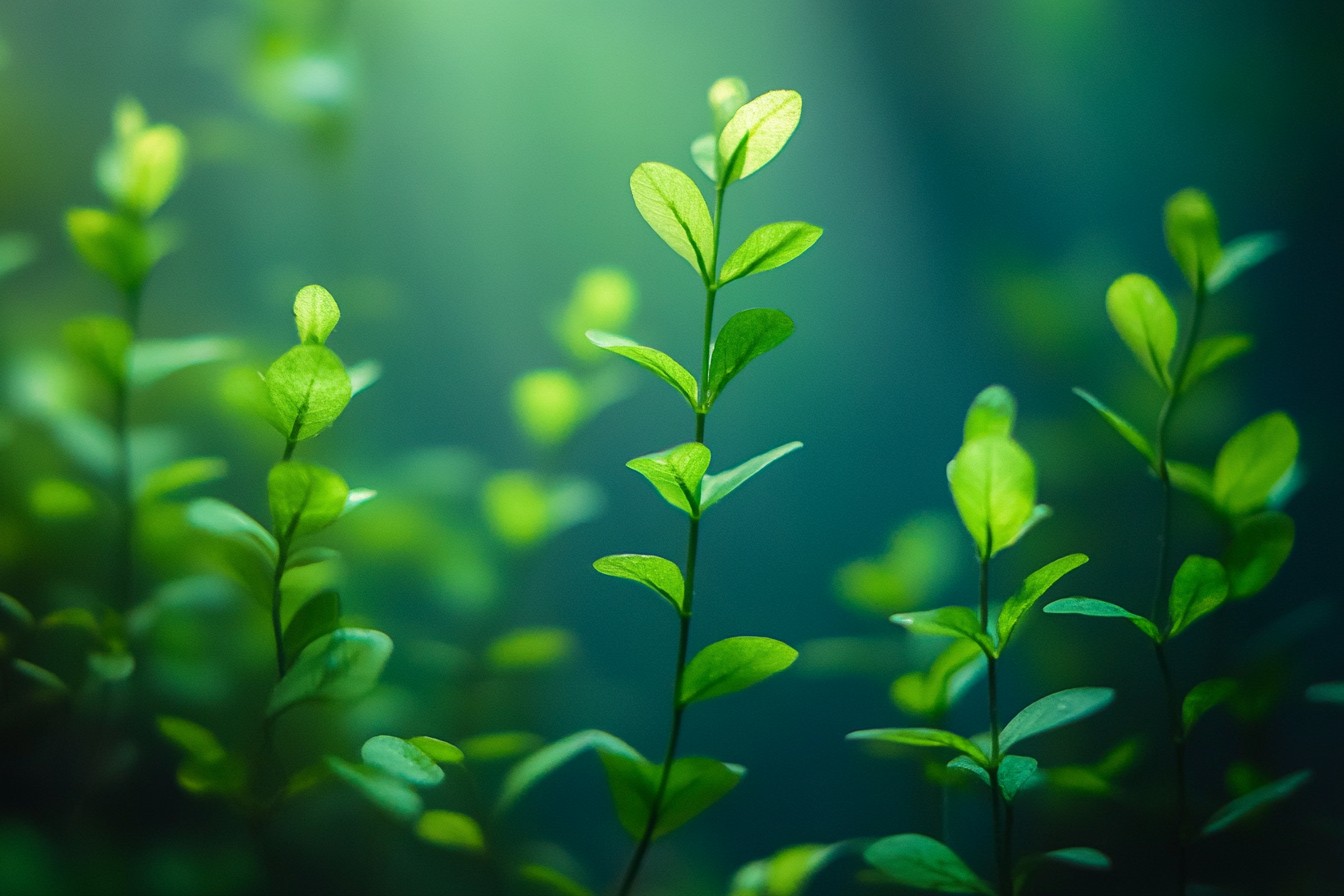
In reality, it’s usually because the faster plant growth is increasing nutrient demands, and if those nutrients (particularly nitrogen and phosphorus) become imbalanced, algae capitalizes on the situation. Once I understood this relationship, my approach to planted tanks fundamentally changed. I stopped seeing algae as the enemy and started viewing it as an indicator—nature’s way of pointing out an imbalance in the system.
When brown diatoms appeared on my Bucephalandra leaves last month, I didn’t immediately reach for algae treatments. Instead, I tested my parameters and found my phosphate levels had dropped too low. Correcting that imbalance resolved the issue within days.
The relationship between CO2, lighting, and fertilization is something I wish someone had explained clearly to me from the beginning. These three factors need to be in balance, and adjusting one requires reconsidering the others. When I upgraded my lights last year, the increased intensity meant my plants were using CO2 faster, requiring me to increase the bubble count to maintain optimal levels.
Timing is another critical factor that’s often overlooked. I’ve found that starting CO2 injection about an hour before lights turn on ensures levels are optimal when photosynthesis begins. Similarly, turning it off an hour before lights out prevents wasted gas and reduces pH fluctuations during night hours.
This schedule is now automated in my setup, but I spent months manually adjusting timers to find the sweet spot. The benefits of properly managed CO2 extend far beyond just faster growth. The vibrant colors of red plants like Rotala and Ludwigia simply don’t develop without adequate carbon.
The pearl-like oxygen bubbles that form on healthy leaves during peak photosynthesis—a phenomenon aptly called “pearling”—rarely occur in low-tech tanks. And perhaps most satisfyingly, the density and lushness that make a planted tank truly look like an underwater landscape are much easier to achieve with CO2 supplementation. For those intimidated by pressurized systems, I should mention alternatives.
I experimented with DIY yeast-based CO2 for several months before making the pressurized plunge. While it works and costs very little to set up, the inconsistent output and frequent maintenance made it more hassle than savings for me. However, it’s a valid starting point for those wanting to observe CO2 benefits before investing in a complete system.
Safety measures are non-negotiable with CO2 injection. Beyond the obvious check valve to prevent water from siphoning back into your regulator, I strongly recommend a pH controller for larger or sensitive setups. Mine constantly monitors water pH and automatically cuts CO2 flow if the pH drops too rapidly, providing peace of mind when I’m away from home.
After years of running CO2-injected tanks, the biggest lesson I’ve learned is that consistency trumps perfection. A stable 20 ppm of CO2 maintained reliably is far better for plant health than fluctuating between 15 and 30 ppm. My most successful planted tank runs at a modest 22 ppm—lower than many enthusiasts recommend, but maintainable with minimal fluctuations even when I’m traveling.
For those starting their CO2 journey, my advice is simple: start slow, test often, observe constantly, and never adjust more than one parameter at a time. The reward for this diligence is an underwater garden with growth rates, colors, and vitality that simply can’t be achieved otherwise. And always, always set a reminder on your phone before adjusting the bubble count.
Trust me on this one—your fish will thank you.
